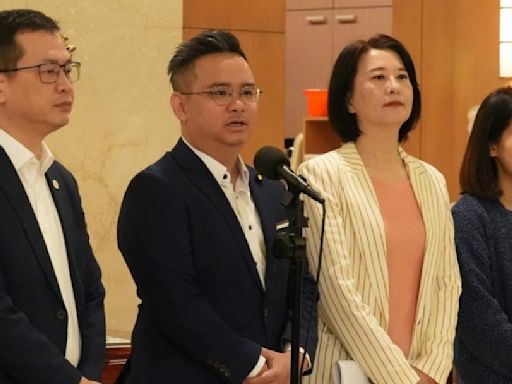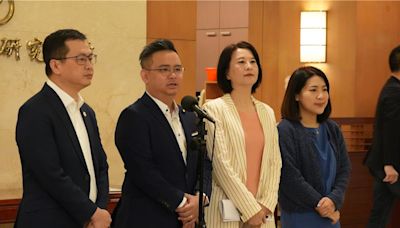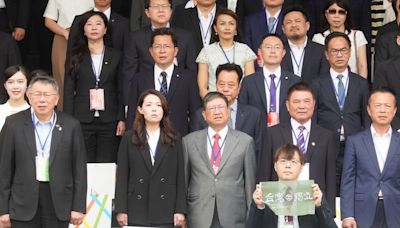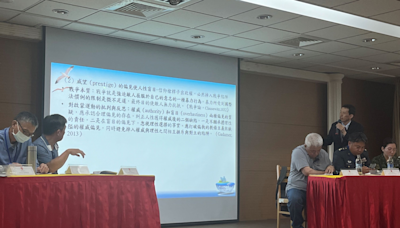搜尋結果
Sun Yat-sen was born to Sun Dacheng ( 孫達成) and his wife, Lady Yang ( 楊氏) on 12 November 1866. [148] At the time, his father was 53, and his mother was 38 years old. He had an older brother, Sun Dezhang ( 孫德彰 ), and an older sister, Sun Jinxing ( 孫金星 ), who died at the early age of 4.
The Sun Yat-sen Museum Penang ( Malay: Muzium Sun Yat-sen Pulau Pinang; Chinese: 孫中山槟城基地博物館) formerly called the Sun Yat-sen Penang Base, is a museum in George Town, Penang, Malaysia. [1] . The museum is dedicated to Sun Yat-sen, a Chinese nationalist who established the Republic of China after his efforts in the Xinhai Revolution . History.
- History
- The Memorial House Today
- See Also
- References
Known formerly as "Mansion of Sun", the House was built in 1912 as residence for his first wife, Lu Muzhen. It is located within walking distance of Lou Lim Ieoc Garden where Dr. Sun once stay during his later visits to Macau in 1912. Designed in mock-moorishstyle, the House is a three-storey high building with ornate verandahs and spacious courtya...
In 1933, the House was reconstructed and was renamed to its present name in 1958. A full-length bronze statue of Dr. Sun in the courtyard was cast by his Japanese friend Shōkichi Umeya in 1934. Three other identical bronze statues of Dr. Sun now stand at Sun Yat-sen Mausoleum in Nanjing, the Whampoa Military Academy and the Sun Yat-sen University i...
Bibliography
1. Zhang, Sheng, Fok, Lei, Yun hua, Kai Cheong (1996). Macau: Sun Yat Sen's Gateway to the World and stage to society. Universidade de Macau/ Livros do Oriente.{{cite book}}: CS1 maint: multiple names: authors list (link) 2. Chan, Shu Wing (2006). Dr. Sun Yat-Sen and Macau — A Photographic Commemoration on the Occasion of the 140th Anniversary of his Birth Exhibition. Macau: Macau Government Tourist Office.
But the name Zhong-shan (中山), the Chinese pronunciation of his Japanese pseudonym, "Nakayama," was more commonly used later in his life (and to present day). Today, the overwhelming majority of Chinese references to Sun use traditional Chinese : 孫中山 ; simplified Chinese : 孙中山 ; pinyin : Sūn Zhōngshān ; Cantonese ...
The Four Cardinal Principles and Eight Virtues are a set of Legalist (and later Confucian) foundational principles of morality. The Four Cardinal Principles are propriety ( 禮 ), righteousness ( 義 ), integrity ( 廉 ), and shame ( 恥 ). The Eight Virtues are loyalty ( 忠 ), filial piety ( 孝 ), benevolence ( 仁) love ( 愛 ), honesty ...
The Art of War ( Chinese: 孫子兵法; pinyin: Sūnzǐ bīngfǎ; lit. 'Sun Tzu's Military Method') is an ancient Chinese military treatise dating from the late Spring and Autumn period (roughly 5th century BC ). The work, which is attributed to the ancient Chinese military strategist Sun Tzu ("Master Sun"), is composed of 13 chapters.
The "Third Chinese Empire" (中華第三帝國) consisted of the Liao dynasty, the Jin dynasty, the Yuan dynasty, the Ming dynasty, and the Qing dynasty. Accordingly, the terms "Chinese Empire" and "Empire of China" need not necessarily refer to imperial dynasties that had unified China proper.




